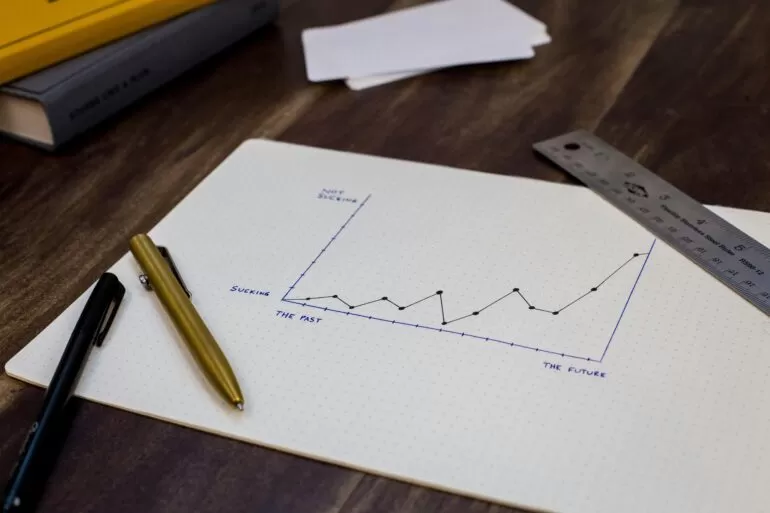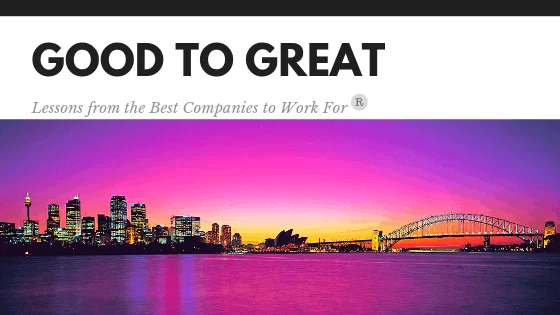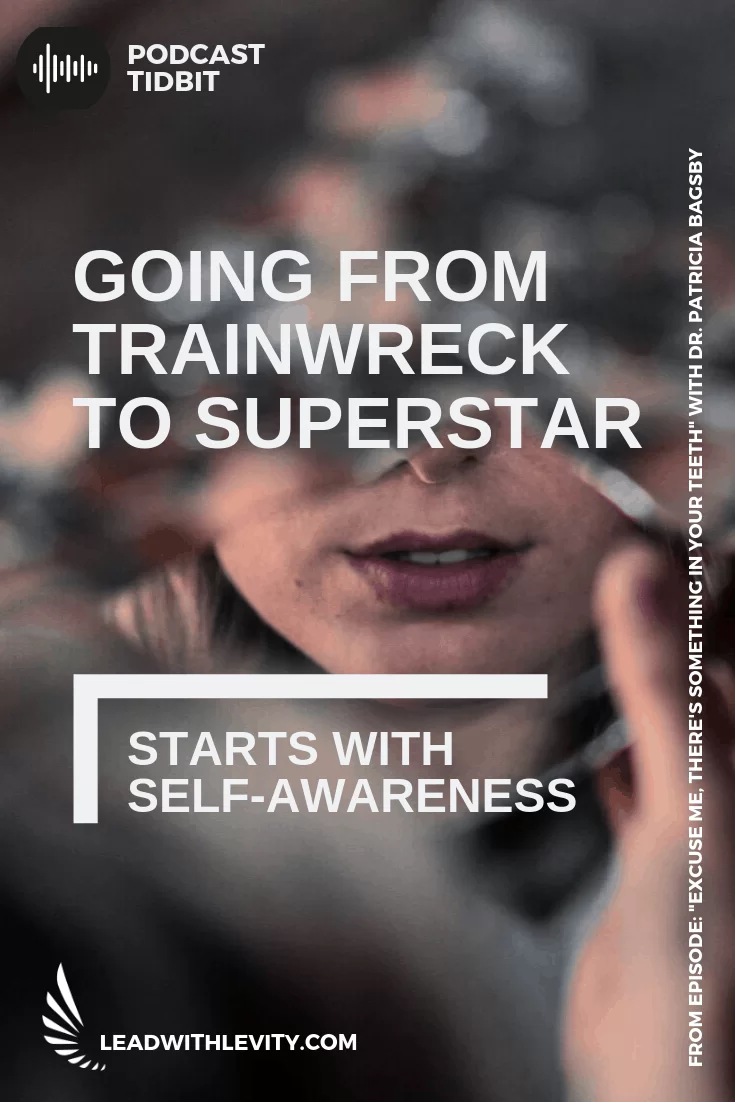Picture this: a hidden ledger, not of dollars and cents, but of goodwill and trust. It’s an invisible account where our actions are either deposits or withdrawals, affecting how others view and interact with us. It points to a profound truth: our every action either deposits into or withdraws from the reservoir of goodwill we have with others. When you understand how the trust bank works, it can become a game-changer in your personal and professional relationships. It helps us recognize how we build trust and rapport as well as how we might inadvertently tarnish our own reputations.
The delicate balance between actions that fortify connections and those that erode them involves nuanced behaviors. Let’s dissect what it takes to cultivate a high-yield trust bank and the missteps that can leave your relational account in the red. Consider this your passport to thriving in a world that revolves around the currency of credibility.
Introduction to the Trust Bank Concept
Imagine an invisible ledger, tracking the ebb and flow of relational currency between individuals. This is the essence of the trust bank concept: a metaphorical account where deposits and withdrawals represent the actions that either build or deplete trust. Within this framework, every interaction holds the potential to affect your balance, influencing your ability to build strong relationships and effective partnerships.
At its core, the trust bank concept relies on the cumulative nature of trust. It’s not built overnight but through consistent, positive actions. Each deposit, whether a promise kept or a supportive gesture, incrementally strengthens the bond between people. On the flip side, withdrawals—such as broken promises or dishonesty—can significantly set back relational progress. To grasp the intricacies of this concept, one must recognize that trust is the foundation of all social and professional interactions, and maintaining a positive balance is crucial for long-term rapport and success.
Defining Trust in Interpersonal Relationships
Trust in interpersonal relationships is a multifaceted concept, often described as confidence in a person’s integrity, character, and abilities. It’s the emotional glue that binds individuals together, allowing them to navigate the complexities of human interactions with a sense of security and mutual understanding.
This relational cornerstone is not static; it fluctuates and develops with each shared experience and communication. Trust is earned incrementally, through consistent actions and behaviors that show reliability and respect. It’s an invisible contract where expectations are established and the belief in someone’s dependability grows over time, fostering a harmonious connection among individuals.
Yet, trust is delicate, susceptible to damage from breaches of confidence or ethical lapses. Once established, it’s not a permanent grant; it requires ongoing maintenance to remain robust. The absence of trust can lead to a breakdown in relationships, underscoring its pivotal role in the fabric of interpersonal dynamics.
The Five Stages of Trust: From Low to Unconditional
Trust, the emotional glue holding relationships together, grows through five distinct stages. The journey begins with Low Trust, a stage characterized by skepticism and reservation, where trust is minimal and interactions are guarded.
People may progress to Circumstantial Trust as they interact and gauge each other’s reliability. Here, trust is situational, often reliant on the specific context or environment in which the interaction occurs.
Earned Trust is the next plateau, the stage where trust is built through consistent, positive behavior. This stage is critical, as it reflects a shift from skepticism to a more stable, reliable belief in one another.
With further nurturing, relationships may blossom into Conditional Trust, where trust is strong but still dependent on continued positive interactions. This stage is marked by a deeper connection, yet it retains a level of contingency on each party’s actions.
The pinnacle of trust is Unconditional Trust, a profound level of confidence and faith in someone that is not easily shaken. Achieving this stage signifies a bond that withstands challenges and transcends ordinary expectations.
Each stage is a step in an intricate dance of building rapport, a delicate balance maintained through the currency of credibility and the power of belief. One must navigate this path with intention and integrity to elevate trust from one stage to the next.
What Builds Trust and Rapport?
Trust and rapport are the bedrock of any successful relationship, personal or professional. They’re cultivated through a delicate interplay of actions and behaviors that signal our dependability and integrity.
At the heart of this process lie the Three Pillars of Trust: Relationships, Consistency, and Expertise. These pillars act as the foundation upon which trust is built, each contributing uniquely to the overall strength of the relational structure. Relationships, the first pillar, are forged through positive interactions that create a sense of camaraderie and mutual respect.
Consistency, the second pillar, reinforces trust by establishing a pattern of reliable behavior. It’s the consistent delivery of promises and the steady presence during both good and challenging times that trust is nurtured and rapport deepens.
Expertise, the third pillar, is the demonstration of knowledge and skill in one’s domain. When we exhibit competence and good judgment, we instill confidence in our abilities, further cementing the trust others place in us.
Actions that contribute to trust-building are those that align with these pillars, such as honoring commitments, transparent communication, and showing genuine empathy. Effective communication, in particular, is a critical facet of trust-building, as it ensures clarity, reduces misunderstandings, and fosters an environment of open dialogue.
By consistently demonstrating these behaviors, we make regular deposits into the trust bank, gradually increasing our credibility and the strength of our relationships. To learn more about nurturing trust, explore the insights on how to build trust.
Actions That Contribute to Trust Building
In the delicate dance of human connections, certain actions help to cultivate trust. These deliberate, thoughtful behaviors signal to others our commitment to a relationship’s longevity and health. Trust, by nature, is reciprocal; it thrives on the assurance that both parties are invested in its growth.
One such action is active listening, which demonstrates attentiveness and valuing the other person’s perspective. This involves not just hearing but understanding and reflecting on what is being communicated. When we listen actively, we deposit into the trust bank, affirming the other’s worth and strengthening our rapport.
Another critical action is transparency, or the willingness to be open and honest in our dealings. Transparency fosters a culture of openness, where expectations are clear, and nothing is hidden. It builds an environment where trust can flourish, underpinned by the belief that we have nothing to conceal.
Consistent reliability is also a cornerstone of trust. When we follow through on our commitments, we prove ourselves dependable, reinforcing the belief that we can be counted on. This consistency is a bedrock for trust, as it assures others of our steadiness, regardless of the circumstances.
By integrating these actions into our daily interactions, we lay the foundation for a trust-rich environment. It’s a space where individuals feel secure, collaboration is effortless, and collective goals are within reach. Each act of listening, transparency, and reliability is a powerful testament to our dedication to nurturing trust.
Effective Communication and Its Role in Trust
Effective communication is the linchpin in the machinery of trust-building. It goes beyond the mere exchange of information, encompassing the nuanced delivery of transparent, empathetic, and respectful messages.
This intricate process involves not only the words we choose but also our tone, body language, and the timeliness of our responses. Effective communication creates a bridge between individuals, allowing for the clear transmission of thoughts and feelings. This clarity is pivotal in avoiding misunderstandings that could lead to withdrawals from the trust bank.
When parties actively engage in open dialogue, they deposit into their reservoir of goodwill, establishing a foundation of trust. This open dialogue, as highlighted by Harvard Business Review, is essential in fostering an environment where individuals feel heard and valued. It’s a reciprocal dance of giving and receiving information that, when done with care, cultivates a robust bond of mutual trust.
Effective communication acts as the currency of trust in any relationship. It is the mechanism by which we demonstrate our integrity, intentions, and commitment to another’s well-being. When we communicate effectively, we signal to others that they are in a safe space to share, collaborate, and build a lasting rapport.
The Consequences of Trust Withdrawals
When trust withdrawals occur, the fabric of rapport frays, leading to a cascade of negative outcomes. These withdrawals, often the result of broken promises or unethical behavior, can rapidly deplete the reservoir of goodwill that takes time to accumulate.
Trust, once compromised, starts a domino effect that undermines the very essence of a relationship. Individuals become cautious, communication channels constrict, and the willingness to be vulnerable or take risks together diminishes. This guarded stance stifles collaboration and innovation, as parties retreat to protect themselves from potential betrayal.
Moreover, the ripple effects of trust withdrawals extend beyond the immediate parties involved. Observers, too, adjust their perceptions, leading to a broader erosion of reputation within a community or organization. A tarnished reputation not only impacts current relationships but also hampers future opportunities, as others become hesitant to engage with someone deemed unreliable.
Rebuilding after trust withdrawals is challenging; it requires consistent effort and demonstrable change. For those willing to embark on the journey of repair, it is essential to recognize that regaining lost trust demands more than mere apologies—it causes a transformation in behavior that is visible and sustained. To understand the delicate balance of trust, delve into the insights on how trust is built and lost.
Actions That Harm Trust and Reputation
Actions that harm trust and reputation often betray a fundamental expectation between individuals. When someone breaks a promise or behaves deceitfully, it sends a jarring signal that the individual is not reliable or worthy of confidence.
These actions create a trust deficit, a chasm that can be difficult to bridge. They not only damage the present relationship but also cast a long shadow over future interactions, as trust, once broken, becomes a fragile thing to mend.
Misrepresenting facts or withholding information are corrosive behaviors in the trust bank. They erode the foundation of transparency that underpins healthy relationships, leading to a breakdown in communication and the collapse of rapport.
In a professional context, failing to acknowledge mistakes or shifting blame unjustly can severely undermine one’s credibility. It’s not the error itself but the unwillingness to take responsibility that often causes the greatest withdrawal from the trust bank.
Each of these actions signals a disregard for the mutual respect and understanding that form the cornerstone of trust. They are the antithesis of the behaviors that build and sustain a positive reputation, emphasizing the importance of integrity and accountability in all our interactions.
The Role of Personal Awareness in Preventing Trust Loss
In the intricate interplay of human connections, personal awareness is a beacon that guides one away from the rocky shores of trust loss. The conscious understanding of our own behaviors, motives, and impact on other people arms us against inadvertent withdrawals from the trust bank.
With personal awareness, individuals can navigate complex social dynamics, ensuring their actions align with their values and the expectations of those around them. It is a form of self-regulation that serves as a preventative measure, safeguarding the delicate equilibrium of trust.
By reflecting on one’s actions and their ripple effects, one can avoid the pitfalls that lead to trust erosion. Personal awareness is the silent guardian of reputation, constantly reminding us that trust is a fragile treasure, hard-earned and easily lost.
Through this lens of awareness, we can maintain the currency of credibility, making calculated deposits into the reservoir of trust with every interaction. Forging a path of integrity, personal awareness is the key to preserving the bonds we build, ensuring that our relational ledger remains robust.
To foster this essential quality, one must engage in continuous self-assessment, a practice well-articulated in the principles of effective communication. This commitment to personal growth and understanding is the cornerstone upon which the edifice of trust is built, allowing us to interact with confidence and reliability in all our endeavors.
Strategies for Moving from Low Trust to Earned Trust
Transitioning from Low Trust to Earned Trust is a deliberate process that hinges on the consistency of actions. At the start, small but significant steps are pivotal; one must be reliable in the basics, like punctuality and honoring commitments. This initial phase sets the groundwork for dependability, a trait that’s at the heart of trust-building.
As these foundational actions become habitual, they lay the bricks for a stronger relationship. It’s crucial to communicate openly, providing clarity and reducing the potential for misunderstandings. By engaging in effective communication, trust gradually shifts from being a fragile seedling to a more rooted plant, one that can withstand the ebbs and flows of human interaction.
The next step is to actively seek feedback and show a willingness to adapt. This demonstrates a commitment not just to self-improvement but to the evolving dynamics of the relationship. Coupled with empathy, which fosters a deeper emotional connection, these actions help to move trust from a circumstantial to an earned status.
Finally, one must be patient and persistent. Trust is not a commodity to be rushed; it flourishes over time through repeated positive interactions and the steadfast resolution of conflicts. By consistently applying these strategies, Earned Trust becomes not just an aspiration but a tangible reality.
Maintaining Conditional and Unconditional Trust
Maintaining conditional trust hinges on the continuous fulfillment of expectations within the established boundaries of a relationship. It’s a dynamic state, sustained by ongoing positive interactions and the unwavering adherence to the trust that has been previously established.
In contrast, unconditional trust is the zenith of relational confidence, a profound belief in someone who’s not easily swayed by circumstances. This level of trust transcends ordinary expectations and is preserved through a steadfast commitment to integrity and authenticity.
To safeguard conditional trust, one must consistently navigate the delicate balance between expectations and reality. It’s about ensuring that actions and words remain in harmony, a commitment that is both observed and felt. For unconditional trust, the approach shifts to embodying the values and principles that formed the bedrock of the relationship, even when unobserved.
Both forms of trust require a vigilant awareness of the impact of our actions on others. This vigilance is a testament to our dedication to the relationship’s health, a conscious effort that prevents complacency from creeping in.
In essence, maintaining both conditional and unconditional trust is an ongoing process. It’s a journey of consistent reflection and action, a path defined by the trust we engender through our every deed and word.
Analyzing Over 80,000 Leadership Reviews for Trust Factors
In an extensive analysis of over 80,000 leadership reviews, identifying trust factors has proven to be a cornerstone in understanding effective leadership. The data, reflecting a myriad of interactions and feedback, suggests that trust is not a monolithic concept but a tapestry woven from various threads of leadership qualities.
Leaders who scored high on trust metrics often displayed a consistent blend of competence, reliability, and emotional intelligence. These traits resonated with team members, fostering a climate where trust could flourish. In contrast, leaders who lacked these attributes frequently saw a decline in trust, which in turn affected team morale and productivity.
The reviews highlighted that trust is a dynamic, evolving entity within leadership, heavily influenced by a leader’s ability to connect authentically with their team. Leaders who prioritized transparent communication and demonstrated empathy were more likely to build and maintain trust. Conversely, those who were perceived as inconsistent or opaque in their dealings faced challenges in establishing a trust-rich environment.
To unpack the nuances of trust in leadership, one must recognize the multifaceted nature of these trust factors. It’s a delicate balance, where a leader’s actions, communication style, and decision-making processes all contribute to the overall perception of trustworthiness. For an in-depth look into fostering this essential leadership trait, explore the insights on how trust can be built and sustained.
Conclusion
In the intricate dance of human relations, the trust bank concept is pivotal. It’s about consistent deposits of integrity, empathy, and expertise, and avoiding withdrawals through missteps that damage rapport. Remember, trust is hard won and easily lost. Embrace the strategies that nurture trust across all stages, and you’ll forge unshakeable bonds. Now, take the next step and invest in your trust bank—your credibility depends on it.












